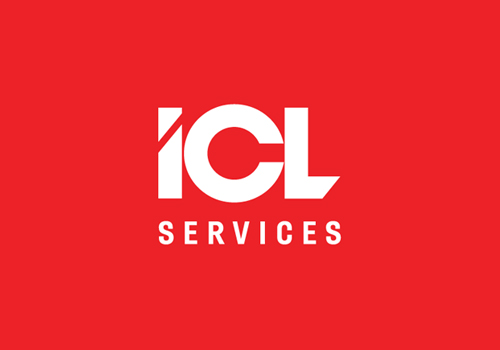The project was initiated by a fintech company Alif Moliya which dominates the BNPL market (Buy Now, Pay Later, which involves making purchases interest-free and paying for them later) in the Republic of Uzbekistan.
Determining the creditworthiness of a customer (credit scoring) is crucial in BNPL services. This process defines key quantity and quality metrics of clients, such as the number of installments granted and the proportion of installments paid on time.
The client had established an effective credit scoring procedure, resulting in one of the lowest default rates in the industry. However, the primary flaw of the process was its almost complete reliance on manual operations.
As the company was expanding rapidly, this manual process became a bottleneck hindering further growth. The standard solution, in this case, is to employ machine learning models for credit scoring. However, model development was only part of the problem that the client managed to overcome.
It was also essential to integrate it into the workflow accurately and progressively to avoid worsening customer default rates without significant delays, since every installment not granted represents missed profit. For this reason, the client approached ICL Services.
Key Challenges
- Scoring Model Analysis and Enhancement
- Scoring process automation with an integration of the model into the workflow
- Provision of guidance on the implementation of a differentiated approach to setting limits
- Identification of ways to reduce the cost of processing loan applications
The project was launched on November 1, 2022, and was completed in one month. The work involved two primary areas.
1. Enhancing the scoring model accuracy.
The client had developed a scoring model with reasonably high accuracy. By examining the available data and collaborating with the client's specialists to consider potential transformations and alternative usage of existing data, the ICL Services team was able to enhance the accuracy of the model.
2. Incorporating the model into the credit scoring procedure.
The integration of a model into a workflow is invariably a joint effort. A collaborative working group was established, comprising business representatives in charge of manual credit scoring, specialists who created the machine learning model, and ICL Services experts.
Within this group, strategies for integrating the model into the process and gradually shifting credit scoring from humans to machines were developed. While integrating the model into the application process was straightforward (thanks to the client's proficient development department enabling swift practical implementation), the transition process was iterative. We continually analyzed the concurrent work of humans and machines to identify discrepancies.
Initially, there were numerous discrepancies, but we managed to rapidly reduce them to a minimum through timely model adjustments and the establishment of several additional business rules.
These initial quick victories enabled us to promptly handle a number of requests intended for humans, thereby freeing up their time to explore more intricate automation scenarios. Given the project's tight timeline, the collaborative methodology and analysis of discrepancies between the model and human became the foundation for further automation of the credit scoring process, which the client continues independently.
Additionally
Beyond our primary tasks, our team also:
— Assisted in formulating a methodology and rules for assessing the quality of the model from a business metrics perspective (assessment in terms of loans granted or portfolio default);
— Provided suggestions for enhancing the resilience and reliability of ML models and data monitoring;
— Offered options for implementing differentiated interest rates and strategies for determining credit limits during client assessment.
Products and technologies
- Machine Learning (ML)
- Catboost
- EDA
Results
- We enhanced the accuracy of the model, enabling the client to assess their customers more precisely and increase loan issuance.
- We initiated a joint process to assess discrepancies between the decisions of humans and machines. As a result, within a few months, the client transitioned 30% of applications to automated decisions, with an expected 50% increase in this area within 6 months.
